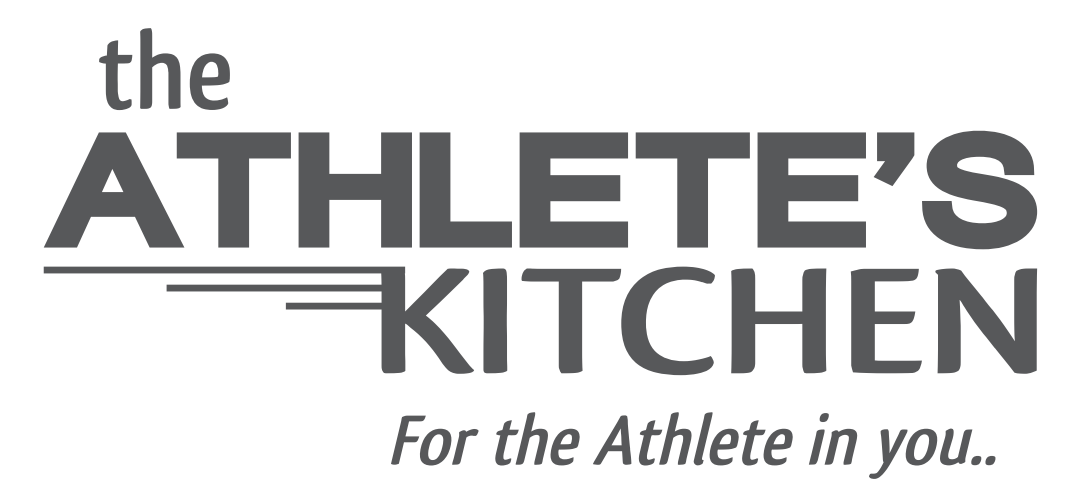Open water swimming by Sam Lewis
/Our Accredited Sports Dietitian, Sam Lewis, grew up as a swimmer, and competed at both a state and national level. In her final years as a swimmer, she came to love open water swimming, and medalled at both state and national championships. These days, due to previous injuries, Sam tends to keep active in dry environments, however enjoys a monthly swimming session, and a yearly open water swim.
Summer is just around the corner, and in practice, I’ve definitely seen an increase in the number of swimmers training for an open water event. I have to say, as an ex-swimmer myself, there is nothing that excites me more, than observing this trend. While there is so much to love about open water swimming, at the very least, it is social (not while you’re underwater though, of course), allows you to enjoy training outdoors, is exceptional for your fitness, and demands a whole new set of athletic skills.
What sets this sport apart, however, are the complexities involved with fuelling and hydrating the body. As an endurance event, nutritional intake is a critical factor, and similar to running, walking, and cycling, open water swimming requires the execution of a specific nutrition plan… though while in the water. The practicalities of fuelling and hydrating during an event of this nature require specific planning and consideration, so in my experience, both as a sports dietitian, and an ex-open water swimmer myself, here are some pointers which may prove useful:
- As a starting point, it is a good idea to have a nutrition plan for your event, particularly if your swim will be longer than 90 minutes.
- Events shorter than 60 minutes are less likely to require nutrition support, while events lasting 60-90minutes may require a quick top-up of fuel and/or fluid.
- The process of ‘eating’ and ‘drinking’ while swimming can be difficult, so your nutrition plan should include strategies for carrying/storing food and drink as well as practical approaches to consuming these.
- Try EVERYTHING in your nutrition plan in a training swim prior to your event. On race day, there is nothing worse than taking in a big gulp of ocean water with your much more palatable, prior planned fluids!
- In the week/days leading up to your event, strategize food storage options! I have found that some good storage locations are down the top of your swimmers (secured by a ‘cozzie’ strap), and tucked into the leg of your swimmers!! Depending on what you’re carrying, tucked into your cap can also work!
- In terms of what you will be carrying with you, I’ve found that sports gels, and small sports bars tend to work best. They are small, can be squashed, and are easy to open! If you have a support crew following you, bananas, cereal bars, and even small pieces of a honey sandwich can also work well.
- Fluids can be tricky during longer events. If you have a support crew alongside you, water and sports drinks can be kept with them for you to sip on regularly. Aim for a few hundred millilitres every 20-30 mins if possible. If your event is slightly shorter in nature (i.e. less than 60 minutes), aim to start your event well hydrated, and re-hydrate ASAP post-event.
- What about actually consuming these? In my experience, flipping onto your back and kicking for a short distance is easy enough and still keeps you moving forward!
- Above all, have fun and don’t be afraid to try new things (first during training, though!!).
So, leading into your next open water swim, what can you do to support improvements in performance? While these strategies may seem simple and easy to execute, it is a good idea to work with an Accredited Sports Dietitian to devise a plan that’s suitable and tailored to you. As with any scenario, individual requirements will vary, and thus, finding your individual solution is important.
Happy swimming!
Sam is available for appointments as The Sports Clinic at Syndney University and at SESMO in Double Bay. Check our locations page for details.


